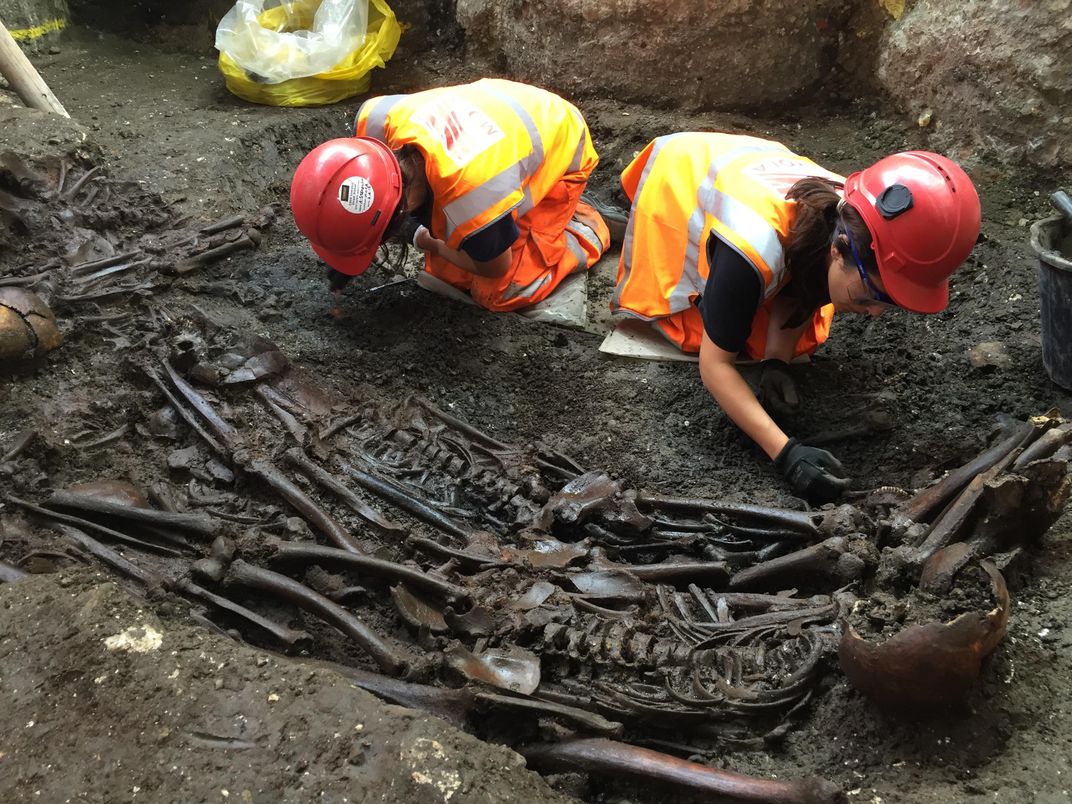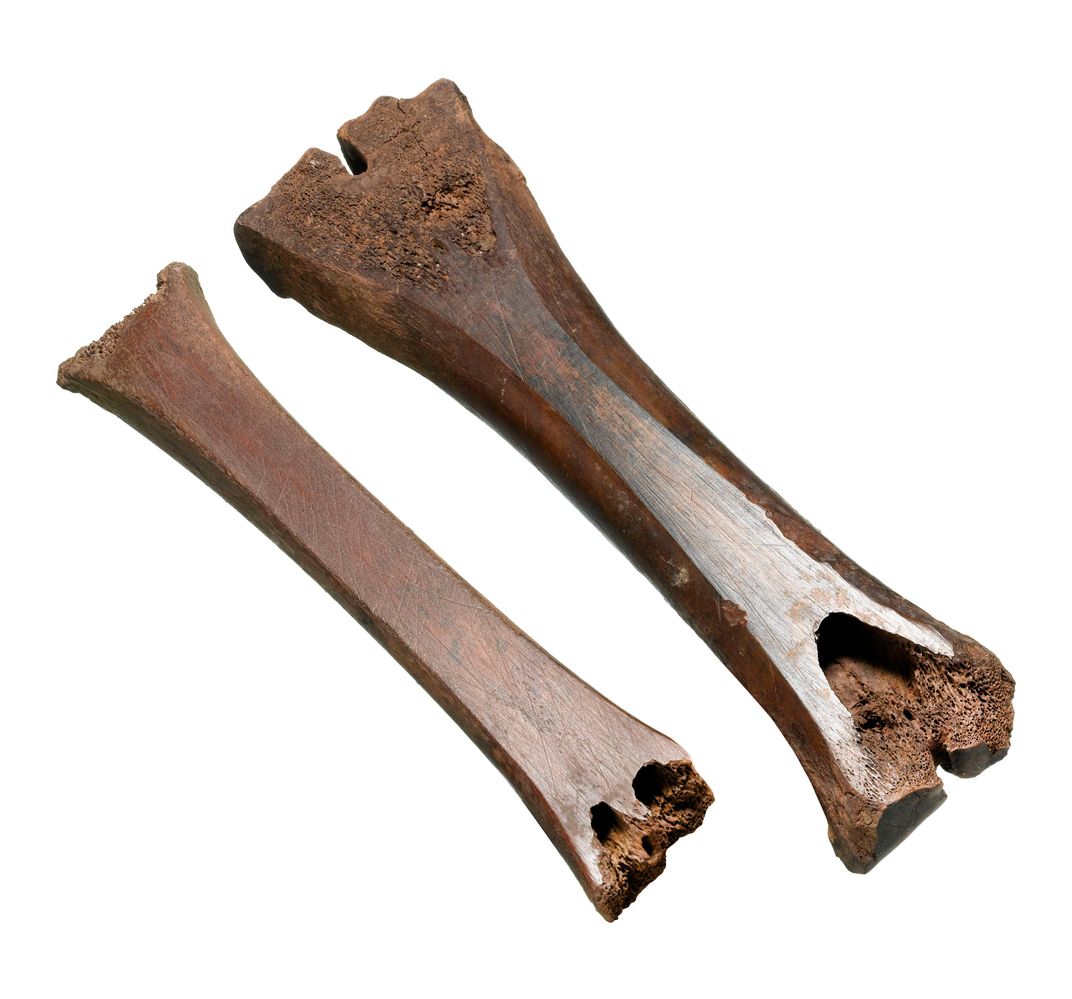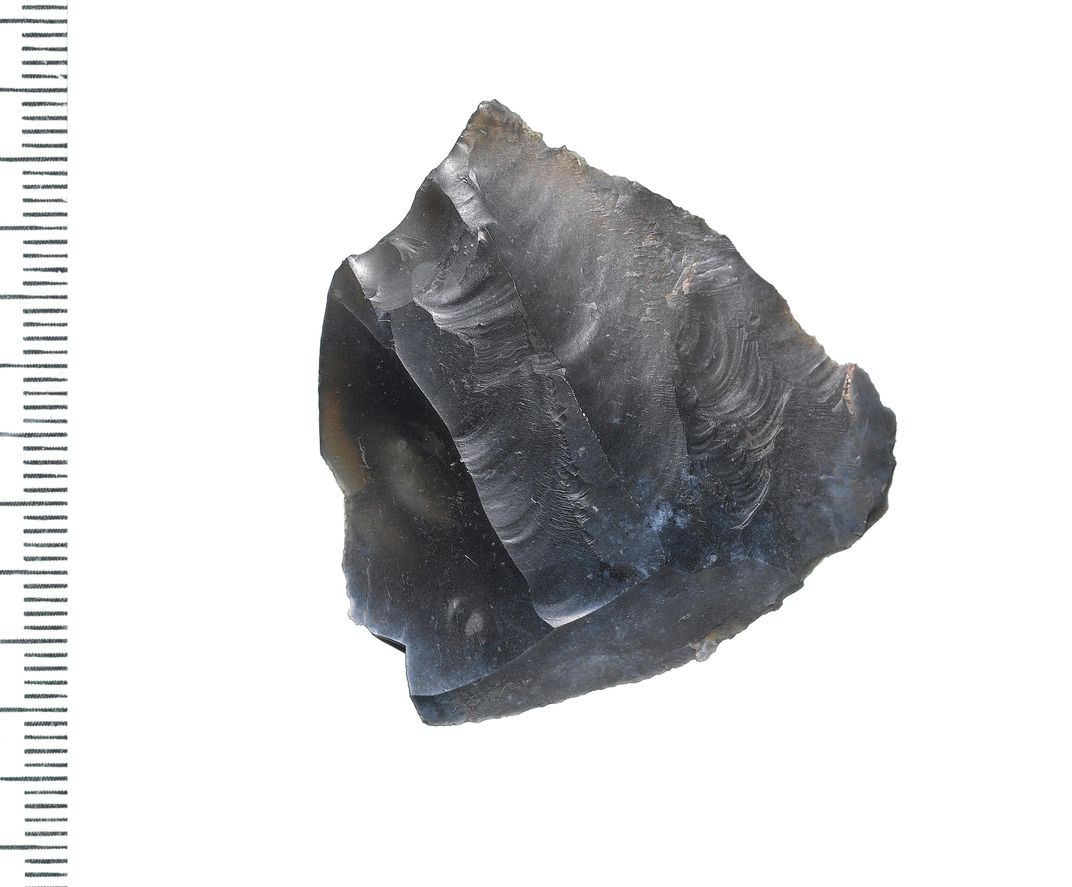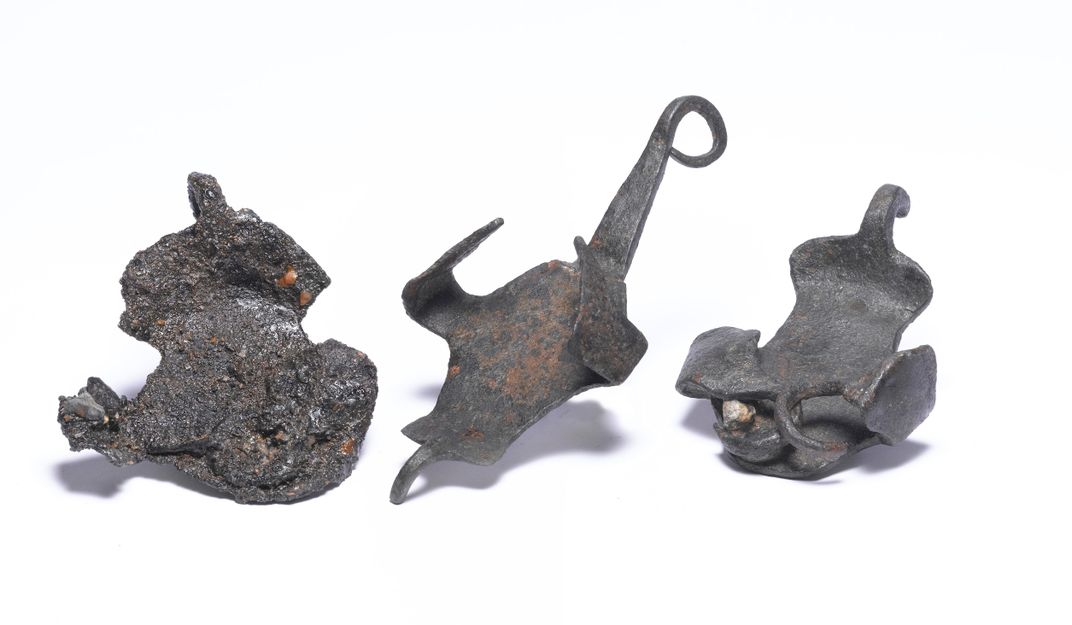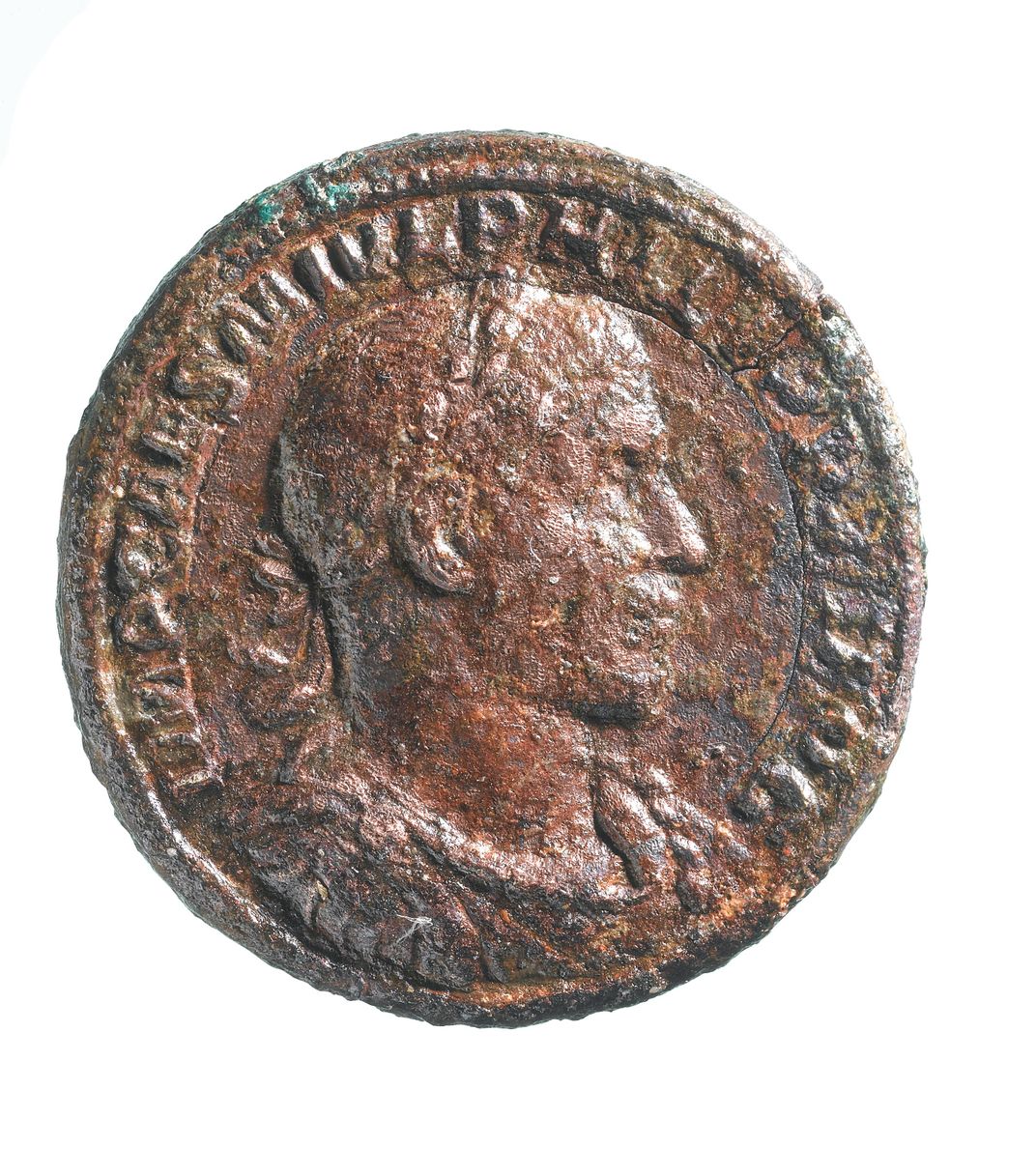New Exhibit Reveals 8,000 Years of London’s History
The Museum of London Docklands highlights 500 finds unearthed by the Crossrail Project
/https://tf-cmsv2-smithsonianmag-media.s3.amazonaws.com/filer/e3/fe/e3fe7da9-fe32-4d99-9d53-a7fa5fdbba1e/tunnel_2017_press_7.jpg)
In 2009, the city of London began construction on a 73-mile-track underground railway. Known as the Crossrail project, it will be the largest infrastructure project in Europe when it’s completed, Agence France-Presse reports.
But construction workers aren’t the only ones toiling away to finish the massive undertaking. Archaeologists, too, have been hard at work, taking advantage of the large-scale digs to take a rare peek deep beneath the bustling streets of the busy metropolis to unearth stratas of buried London history.
Eight years of excavations in, they’ve discovered some 10,000 artifacts ranging in age from the Mesolithic era to the 20th century. Now, a selection of 500 objects they’ve unearthed will be featured in a new exhibit Tunnel: The Archaeology of Crossrail now open at the Museum of London Docklands.
“Obviously we miss things to the north and south because we can only go where the tunnel takes us, but in the sheer scale of this project, and the time period it covers, this is the biggest piece of London archaeology ever,” Museum of London curator Jackie Kelly tells Maev Kennedy of The Guardian.
The sheer number and diversity of the items that were discovered reveals how the city has changed throughout time. Among the extraordinary collection of artifacts, the archaeologists and tunnelling team have procured prehistoric flints in North Woolwich that indicate the use of Mesolithic tool making, smoothed cattle bones that seerved as Medieval ice skates near Liverpool Street Station, and a Tudor-era bowling ball in Stepney Green. They even found a Roman medallion with the engraving of Emperor Philip I from the year 245—only one other has ever been found in Europe, AFP reports.
Visitors of the museum will also get to check out 19th-century jars of preserved marmalade, pickles, ginger and jams from the Crosse & Blackwell bottling factory, and 1940s railway company teacups. There’s also a Victorian chamber pot with a comical, and fitting phrase printed on the bottom: “Oh what I see I will not tell."
The tunnels are also the resting place for the remains of humans and animals. Of the many bones discovered, archaeologists have come across 68,000-year-old reindeer antlers, a fragment of a jaw from a woolly mammoth, and skeletons of humans killed by the Great Plague of 1665.
“The Crossrail project has given archaeologists a rare opportunity to study previously inaccessible areas of London,” Jay Carver, Crossrail lead archeaologist, says in a press release put out by the Museum of London. “This exhibition will bring together some of our oldest and oddest finds, and help us bring the stories of 8,000 years of London’s hidden history to light.”
Tunnel: The Archaeology of Crossrail will run for free from February 10 to September 3, 2017 at the Museum of London Docklands.
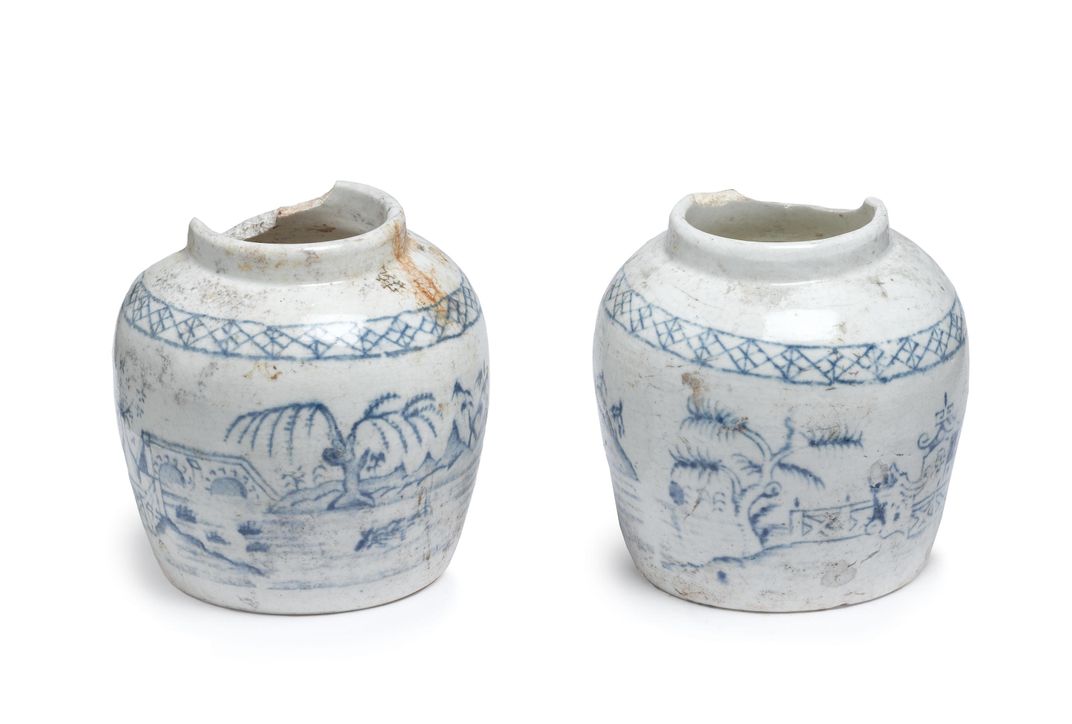

/https://tf-cmsv2-smithsonianmag-media.s3.amazonaws.com/filer/3f/4a/3f4abdae-a63d-4e2b-858f-844034ff837c/chamber_pot_high_res.jpg)
